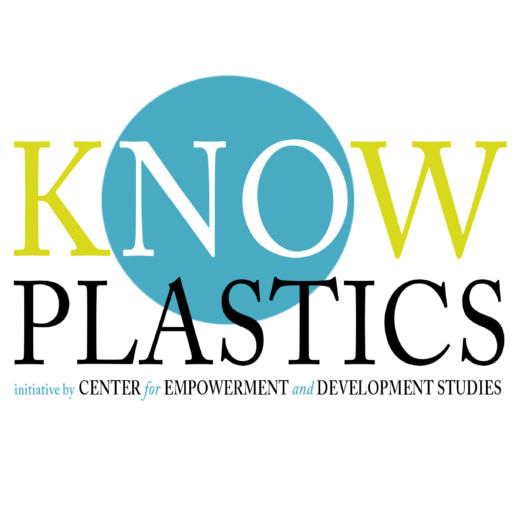Delhi-based NGO Toxics Link study named, “Quantitative analysis of Microplastics along River Ganga” released recently mentions that heavy presence of microplastics in the river that flows through five states covering about 2,500 km before merging into the Bay of Bengal.
Microplastics are the most harmful plastic debris found in water bodies because of their small size whose average size is 5 mm in length. Microplastics in water bodies harm humans as well as is a threat to marine species.
The study unveils that more than 663 marine species have taken the brunt of marine debris and, approximately 11% of them have faced microplastic ingestion. Because of the micro size of these plastics, they are swallowed by marine species like fish, planktons, sea mammals, and others, and then carried forward into the food chain.
Humans are also facing the devastating effect of the microplastics that are being found in food, water, and food containers and, their consumption is leading to severe health consequences.
Now talking about pollution in the river Ganga
Microplastics are also found in Ganga’s water. The Ganga water samples collected from Haridwar, Varanasi, and Kanpur show that microplastics are found in all of them along with other kinds of harmful plastics such as single-use plastic and secondary plastics. Varanasi showed the highest concentration of plastic pollution.
Densely populated cities are also adding a significant bit of pollutants into the river. The study affirms that untreated sewage, industrial waste, and other religious offerings wrapped in non-degradable plastics are the major reasons for the pollution of the river Ganga. The river flows through a major chunk of the nation and, so does the waste and plastic materials that break down further, ultimately ending up in the Bay of Bengal. From there it goes into the ocean that is undeniably the home for all plastics dumped by humans.
Policies to clean Ganga
Efforts to clean Ganga have been going on for over 40 years now. Most of them recommended building sewage treatment capacities in the major urban centers along the river to help sustain cleanliness in Ganga.
In May 2015, the government approved the Namami Gange program to clean the river. The program received 100% funding from the government. The Toxics Link study further showed that this plan to address pollution caused by microplastics does help and has shown little success in the past.


